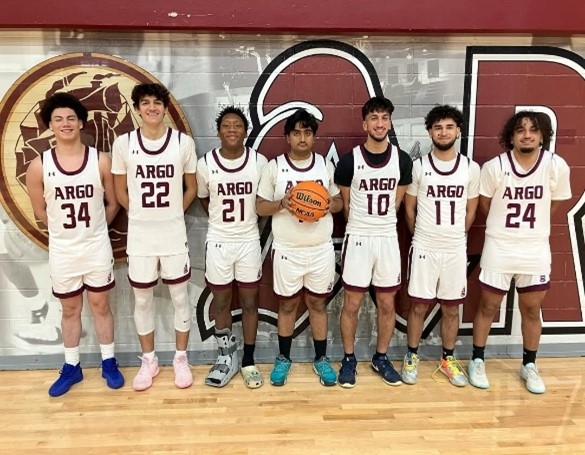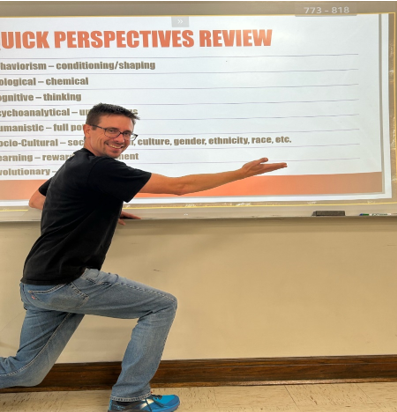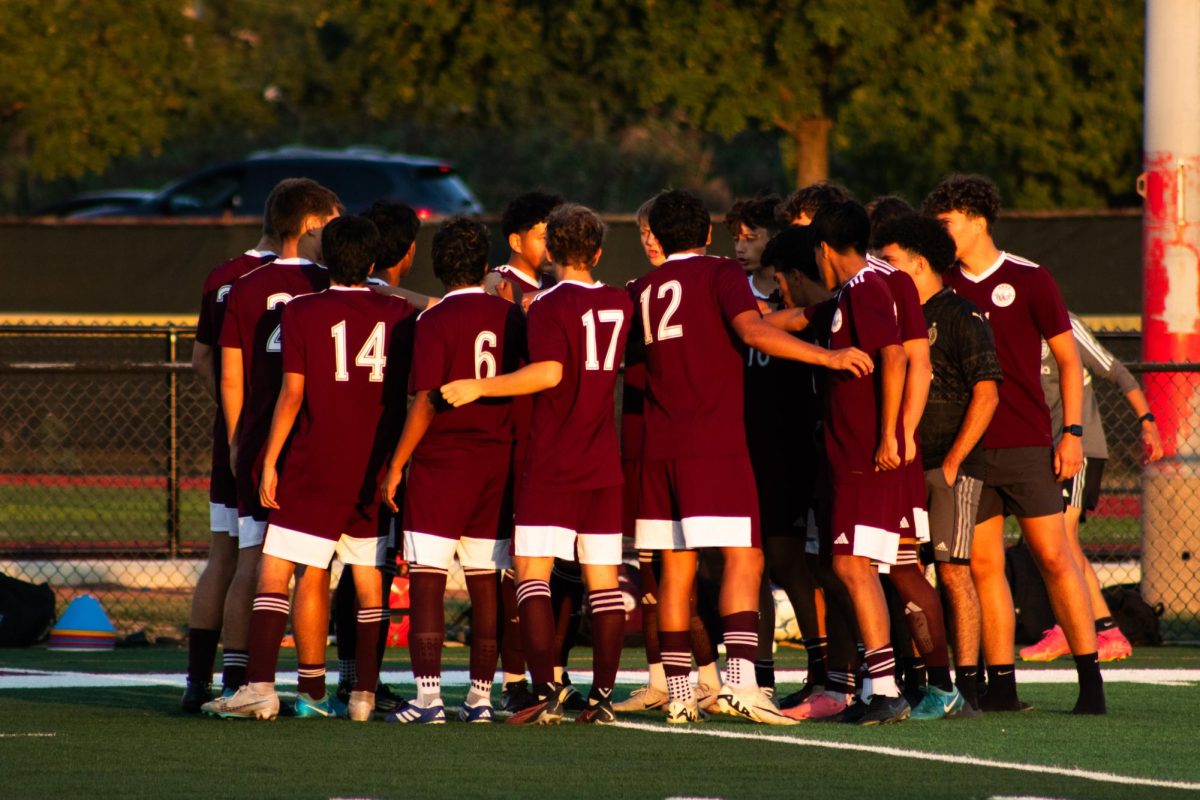Kidfluencers and what it takes to be famous: Worth it?
March 21, 2023
Being a famous influencer sounds like every kid’s dream. You get a bunch of free clothes and toys. You get to visit all these fun places and meet all your idols. Being a “kidfluencer” has its perks, but it’s not all sunshine and rainbows. Every move you make and step you take is recorded. From the minute you’re born to the day you graduate high school, it’s all on YouTube and Instagram. Every moment, even the private ones, out there for millions to see. Children who become influencers at such a young age may think it’s fun at the time, but they’re not the ones in charge.
I understand kids who post a silly video online and blow up, but it shouldn’t be their job. In the article “Online and Making Thousands, at Age 4: Meet the Kidfluencers,” Sapna Maheshwari mentions Samia Ali (4), a kidfluencer whose birth was recorded and posted on YouTube.
Samia currently has 283K+ subscribers on her YouTube channel where she posts a video once a week and is featured many times in her parents’ separate channel.
There are other kids like this, such as Ryan (10), from Ryan’s World, who has 33+ million subscribers on YouTube. He started in 2015 when he was around 3 or 4 years old.
“There are ways you can put your kid on the internet without abusing them and taking time out of their childhood to be in these videos,” says Amany Abusalem, an Argo student. “I get that people want to share the happy moments in their lives. For example, I watch this YouTuber named Kendall Rae, she just had a baby but she’s the influencer. Her baby is not the content. Her journey’s the content and that’s one of the only ways I feel like it could be acceptable.”
A lot of kids that age see people they look up to and want to be like them. I remember growing up and wanting to make videos with my cousins because of the YouTubers I watched as a kid. It’s fun when you’re doing it cause it’s something you enjoy, but when you start to become your family’s income, that’s when it becomes a problem.
Maheshwari says that posting a promotional post on Instagram can get them about $10,000 – $15,000 and a sponsored video can make them up to $45,000. Kids like Ryan and Samia don’t choose what sponsorships they talk about in their videos or posts. It’s all done by the parents, From the idea to the scripts all the way to the editing and publishing. They get no say in how they make the money, they’re just the face that’s showing/talking about the product.
But who keeps the money? These kidfluencers aren’t like child actors. In her article, Maheshwari mentions California’s child actor law, the Coogan Law, which sets aside money that the child actor makes so the parents don’t spend it all. However, there’s no law like this for kidfluencers who are managed by their parents. The parents voluntarily create these channels for their kids.
Kids don’t know what it means to go “viral.” They can’t grasp the concept of a million views or ad revenue. Especially at a very young age. For them, it’s just about having fun and playing with their new toys, not about making brand deals, and getting sponsorships. They don’t know what it means to “subscribe” or “ring the bell,” but they are told to say things like that by their parents because the more subscribers they get, the more money they make.
“I feel like kids who become influencers as a way for their parents to make money is a way of exploiting them and I feel like the only way for that to be justifiable is to have your kid be acting in a movie. If you’re in a movie you have regulations. You get paid, you have work hours but once you’re an influencer, there’s no regulations like that,” says Abusalem.
Maheshwari also notes that the main audience are kids who watch on their parents’ device. Their analytics show that women between the ages of 25 to 34 years old are the “dominant audience.”
If that were the case, why do so many kid channels or family vlog channels have to have the comments turned off? With kids overexposed online, it leaves a lot of room for predatory men and women to watch and leave unorthodox comments for them to see.
“There are creepy people that will look at those kids in a really perverted way. Obviously, people are exposed to that anyway, but putting them on social media is putting them more in the spotlight, they’re now more susceptible to that stuff,” says Abusalem.
The internet is not a safe place for children. No matter who they are or what they do, there’s always going to be a bad side to having so much of a kid’s life out there for the world to see. Once a video is out there, it’s out there forever. These videos leave a digital footprint that can never be removed. You wouldn’t want your kid to have to go through that, would you?






